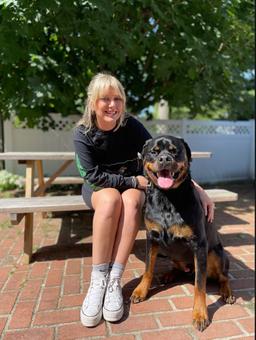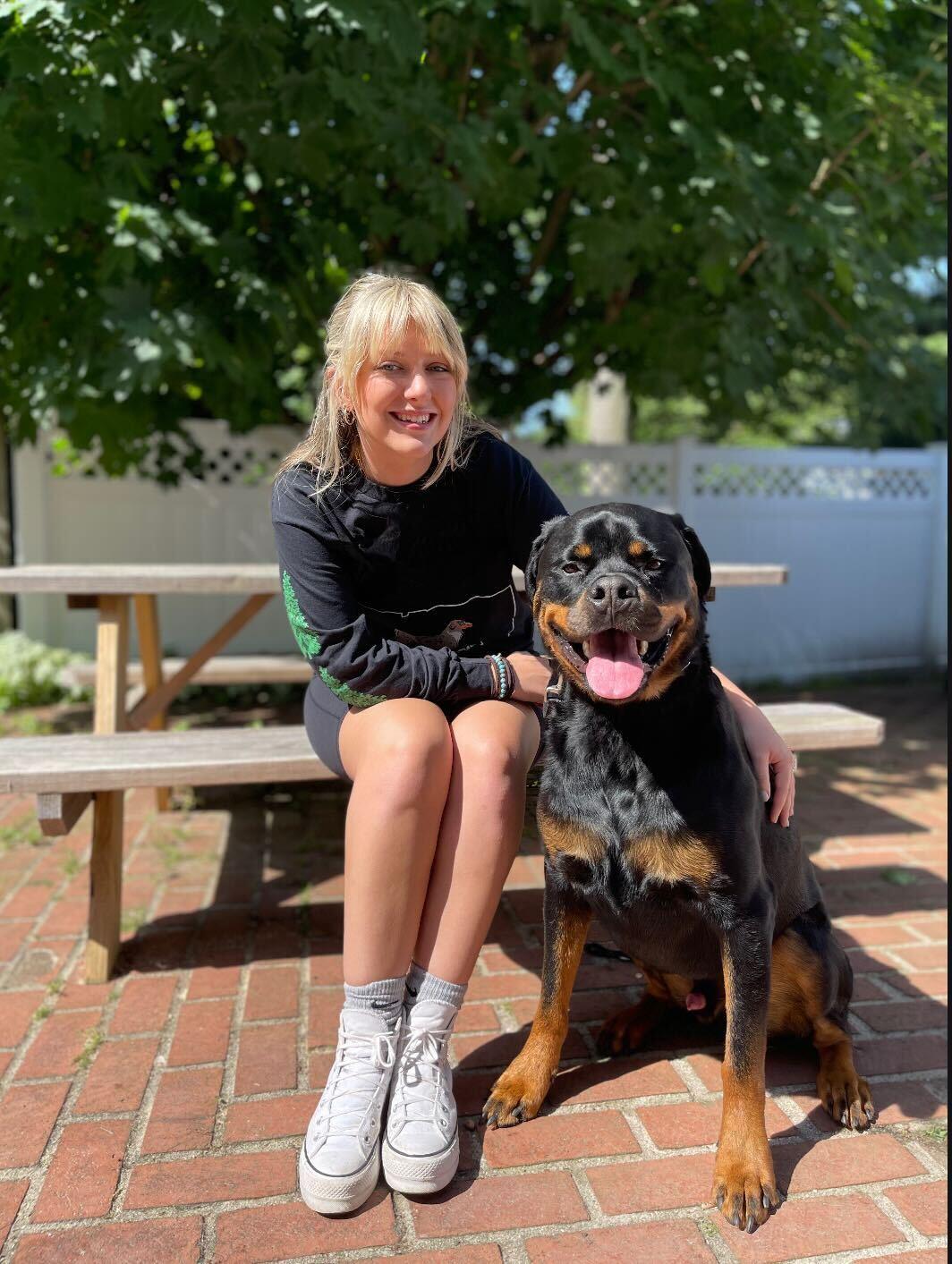The future of pet insurance is looking more and more bright especially for pet parents as there are developments happening in terms of policies, technological advancements, and laws and regulations.
Pet insurance goes back a long way. The first pet insurance policy was written in 1890 in Sweden by Claes Virgin. But at that time, it was focused on horses and other livestock as the concept of keeping dogs and cats as pets had not evolved that much. It took another 100 years for pet insurance to include smaller animals like dogs and cats in its realm. Lassie, the famous TV collie, received the first pet insurance policy issued in the U.S. 1 Today, about 80% of Canadian households have some type of pet, and over half of Canadian households have a dog, a cat, or both.2
However, despite this affinity towards pets only about 3% of pets in Canada are insured.2 Having said all of this, let us look at where is the pet insurance industry in Canada is heading.
Change in Pet Parents
Millennials make up the largest percentage of pet parents in Canada by occupying 31% of the total number of pet parents3. Millennials represent a group of pet parents who are highly engaged with their pets with over 80% stating they frequently worry about their pets when they are away from them, and 70% being willing to take a pay cut if they could bring their pet to work.3
In addition, Millennials are often early adopters of new technology, and are frequent users of online services like Rover or telehealth veterinary options.3 Factors that have become important for consumer success are –
User-friendly digital platforms
Online resources
These tech-savvy pet parents expect a seamless experience when using different services, including pet-related services like pet insurance.
Technology and Pet Insurance
There has been a surge in technology in the pet insurance market. Thanks to the use of technologies like AI for underwriting and claim management processes, pet insurers are able to provide more accurate risk assessments and hence customized plans tailored to the specific needs of the pet parents.
Wearables – Technologies like IoT have enabled more accurate and on-time data about pets using wearables. Pet’s weight, exercise habits, security, overall health, and many other data points can easily be available to the insurers at any given point in time using wearables. This allows insurers to offer more granular pricing to the pet parents as the risk assessment becomes much more accurate for them. It also helps pet parents to take better care of their feline friends as they can have a look at the health quality in real-time and make changes to the diet, exercise plans, training, etc. accordingly.
Pet doors – Pet doors with facial recognition have also entered the market. Along with that, there is a rise in the use of GPS trackers, RFID sensors and accelerometer sensors on pets.
AI – Artificial intelligence has in a way mandated changes in the overall pet insurance eco-system. From risk assessment to claim settlement to IT systems to quote generation; pet insurance is no longer a tedious manual thing. For example, process automation through AI enables a direct issuance of low-value, low-risk policies and the straight-through processing of low-value claims. It also allows insurers to minimize risks as it allows them to continuously mine case and claim data and identify fraud and security risks in real-time.
New Offerings
The pet insurance industry, like any other industry, ties its growth with new offerings in the market. For that, the industry is constantly evolving and factoring in the needs, current and anticipated, of pet parents and developing products accordingly.
Rewarding insurance – With the growth in the usage of IoT, insurance companies can have access to real-time health data of pets. This has enabled some providers to even offer rewards for taking better care of their pets.
Spot Pet Insurance
At Spot Pet Insurance, we offer plans that can cover unexpected accidents and illnesses, which can include alternate therapies, prescription diets, chronic conditions, hereditary & congenital conditions, behavioral issues, sick exam fees, specialist visits, and more. We also offer multi-pet discounts on all pet families with more than one pet.
Conclusion
Pet insurance is witnessing a boom in the market as the younger generations are forming a major percentage of pet parents North America, and they are better aware of the risks and challenges.1 This has influenced providers to keep evolving with the changing needs of the pet parents and offer more customized packages. Government and local organizations are actively working to educate pet owners about pet insurance and improve its accessibility and benefits.

I’m Charlie: canine enthusiast with a knack for figuring out why my dog, Dallas, is more infatuated with tennis balls than me. My lifelong passion for dogs has created a dedication to help other pet parents better understands their furry family members!
“A Brief History of Pet Insurance: What it is and How it Works,” Agent Sync, https://agentsync.io/blog/insurance-101/a-brief-history-of-pet-insurance-what-it-is-and-how-it-works, Dec. 14, 2021.
“Pet Ownership Statistics in Canada,” Made in CA, https://madeinca.ca/pet-ownership-statistics-canada/, June 11, 2024.
“How Millennials are Changing the Canadian Pet Market,” Street Dog Pet Marketing, https://streetdog.ca/how-millennials-are-changing-the-canadian-pet-market/, n.d.












